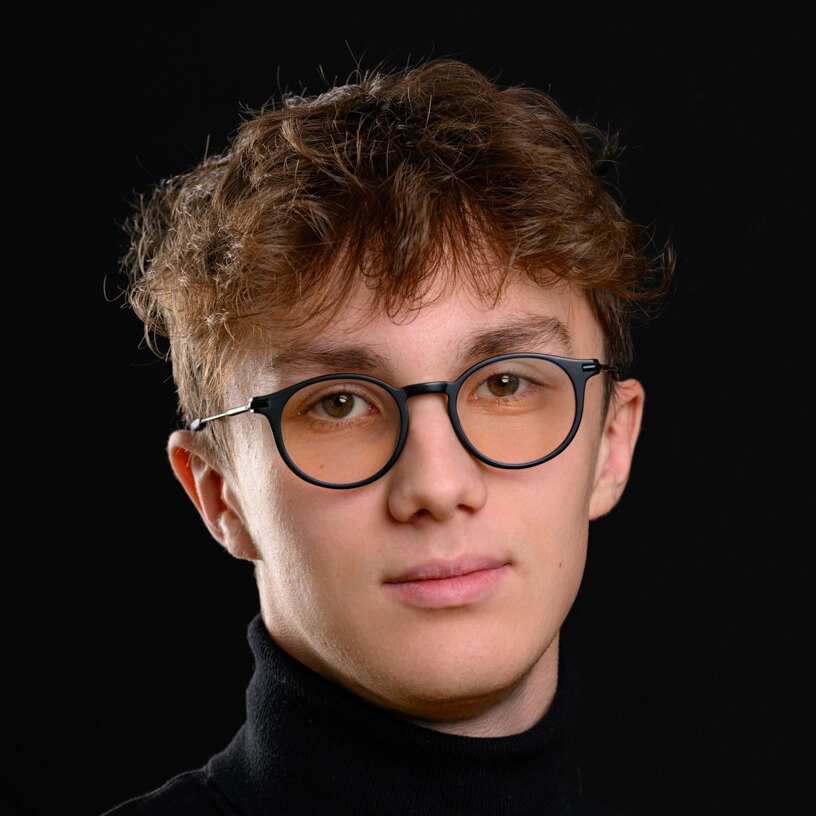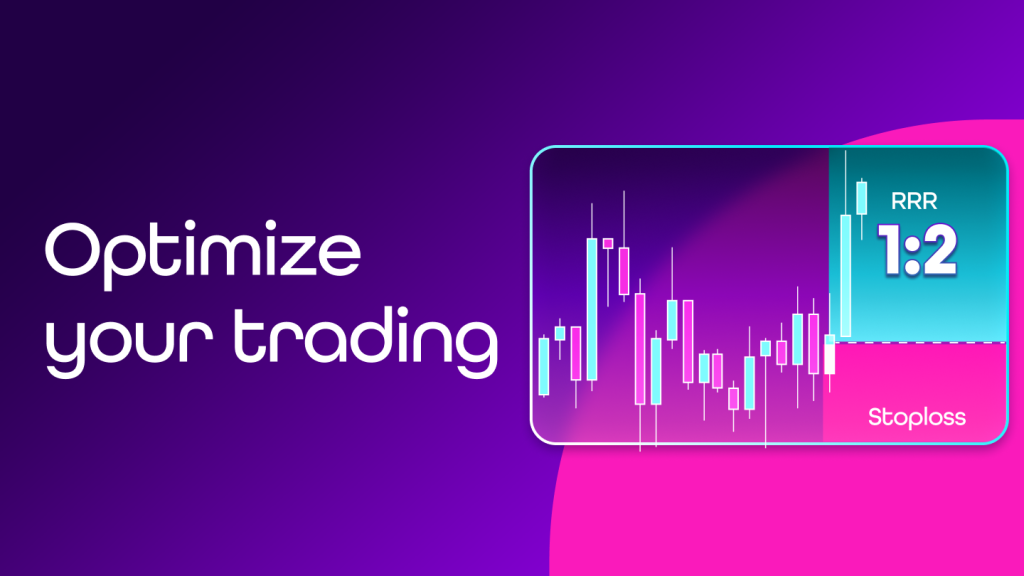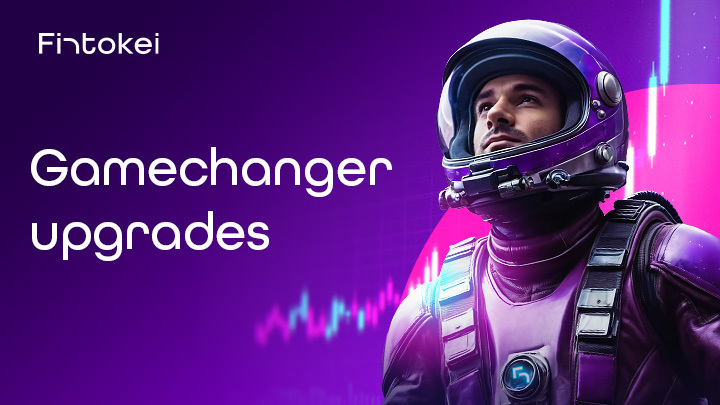“First, get to know yourself. Then start building your trading system,” says Sebastián G., a 20-year-old Fintokei Star from Slovakia
Growing up with a trader dad, he was close to the markets from day one. Today, he trades with his own strategy, delivers consistent results, and has a clear mindset: he trades for life – not the other way around. So what does his journey look like? Keep reading.

Our biggest mentors? Often our own dads. And when your dad has been trading professionally for over 20 years, the chances you’ll fall in love with trading too are pretty high. That’s exactly the case for Sebastián G. – a 20-year-old trader and the latest to join the ranks of Fintokei Stars.
He trades multiple ProTrader accounts (both €100k and €10k), and has already completed 7 payouts at Fintokei, totaling over €8,000. Yet he’s very clear about one thing: “It’s not about chasing profits. What matters is having a system – and sticking to it.”
So what’s his story, mindset, and typical trade setup? We asked him for you.
Hi Sebastian, thanks for accepting our invitation for the Fintokei Stars interview. Could you briefly introduce yourself and let our traders know how you started trading?
My name is Sebastian, I’m 20 years old, and I’m currently finishing high school. I used to be a competitive skier, and my dad used to take me to training sessions and camps. The reason I mention this is that my dad is a professional trader. And since we spent so much time together, I just naturally absorbed the theoretical basics from an early age. Simply put, I grew up side by side with a professional trader. 😄
Wow, so you’ve been in trading school since early childhood! We usually ask our Fintokei Stars about their mentors and how they got started, but I think in your case, it’s pretty clear.😄
So let’s try it another way—has your sports career helped you in trading?
Absolutely, mainly in that I was used to both losing and not giving up. At the time, I also had a mental coach who helped me with the psychological side of things. But with the arrival of COVID, my skiing career came to an end. That’s when my trading career began.
In any case, I continue to focus on self-development even after the end of my competitive skiing career, and I think that athletes in general have a better predisposition to master trading.
🔁 From skis to charts: sport as the best school for trading
I couldn’t agree more. The self-discipline that sports teach is extremely important in trading. Do you have a motto that you live by?
Probably: first, get to know yourself, then start building your trading system.
How was the transition from skiing to trading?
First, I traded on a demo account for a few years. When I came of age, my dad gave me a live account. It went pretty well. I just traded what I saw, not what I thought. I never saw my dad sitting in front of a chart for hours, so I did similarly. I just had clear rules and traded according to them.
So it was smooth sailing from the start? 😄 No turning point?
No, the turning point came when my dad told me to try prop trading. He said it would be a challenge. Well… it was. 😄
In what way specifically?
I had to adjust and adapt the system I was used to. We started working together to minimize the loss limit. It took almost two years, but the process shaped me. I have to say that I really found myself in it and started to enjoy it a lot.
Sure, I burned a few accounts, but that was also an experience. Today, I have consistent profits, and the system works exactly according to my lifestyle.
What do you mean, according to your lifestyle?
As I said, I never saw my dad sitting on the platform for hours. I follow the same principle – I trade for a living, I don’t live for trading. It’s a way for me to make money. I’m not looking for self-fulfillment or to be the best trader around.
⚙️ My style: technique, patience, and no drama
How is all this reflected in your trading style? Can you describe it to us?
Sure, I’d be happy to. I’m more of a technical trader. I’ve tried a lot of styles, from Smart Money Concepts, Market Profile, Elliott Wave, Harmonic Patterns, and others, but the basis for me has always been the same—TOP/DOWN analysis. A higher timeframe always takes precedence, and I tend to go with the higher timeframe trend after a correction. Let’s say you have an impulse—correction—impulse, then I trade the second impulse.
I also use currency index analysis offered by one of your brokers from the Purple Group. I combine them and look for situations with the highest probability of success.
By trading on an hourly timeframe, I have plenty of time for everything. After all, my trades last from several hours to several days. So I don’t have to sit around waiting.
So no scalping, just a nice intraday to swing approach. What do you like trading the most?
I specialize in forex. I don’t have a specific favorite currency pair, but I like those with JPY. In general, I look for volatility.
You said that switching to prop was a challenge for you because of the loss limit. How do you approach risk management?
I focus on a 1-2% profit on each entry. The main thing for me is to minimize losses and improve entries. On a 100k ProTrader account, for example, I have had a maximum of one 2-lot position open on an FX pair for a long time. In this respect, the conditions at Fintokei were a good learning experience for me.
You say that your dad told you about prop trading. Do you remember your first winning moment at Fintokei?
Yeah, that was back when I was still fine-tuning the system. I think it was on GBP/JPY. I was happy, but not overly excited; it was just part of the process.
I try to stick to the system and not look for the best or worst trade. So, logically, my most profitable trade was the one where I forgot to set the Take Profit. 😄
I think it was EUR/AUD in a short position, which I let run and ended up with a profit of EUR 3,000. It was on a ProTrader 100k EUR account, so I was happy about it, but it didn’t change my existing system. I didn’t think that from now on I had to chase similar bombastic trades.
When you have a system, trading isn’t stressful. You know in advance how much you can afford to lose. Everything is predetermined. Trading is actually quite boring—you just have to stick to the plan. Losses are part of it, the important thing is to learn from each one and not break down.

🧘♂️ Trading without stress? When you have a plan, it’s boring
You mentioned your sports career and how it helped you with your mindset. Does that also show in how you deal with losses and the stress they cause?
Absolutely. When you have a system, trading isn’t stressful. You know in advance how much you can afford to lose. Everything is predetermined. Trading is actually quite boring—you just have to stick to the plan. Losses are part of it, the important thing is to learn from each one and not break down.
It’s almost fascinating how traders who have been trading according to plan down to a science say that trading is actually boring. Kacper, our Fintokei Star from Poland, told us exactly the same thing recently. 😄 Let’s take a look at one of your trades, shall we?
Sure, but I’ll warn you in advance that it’s not going to be anything spectacular. When you follow a plan, all trades are basically the same.
I look for technical patterns after doing a TOP/DOWN analysis. So I go from higher timeframes to lower ones and decide whether it makes sense to BUY or SELL. The great thing about this approach is that once I’ve made a decision, I know what I’m doing for the whole week. I can then focus on the entry.
I usually watch it in the morning on an hourly timeframe. Then I wait for the price to get there, wait for the entry signal, enter, set the take profit, and that’s it. Like I said, it’s a simple system—the important thing is to be patient.

Thanks a lot, Sebastian. We’re slowly coming to the end. You said that you try to make trading take up as little time as possible. How are you doing with that?
Yeah, I think I’m doing well. Besides trading, I just graduated from high school.
I’m still involved in sports, and most importantly, my dad and I have a company where we offer trading courses. I’m in charge of the technical side of the Discord group, and I also consult with clients. You could say that I limit my trading to occasionally checking the platform on my phone. That way, I have time for my family, friends, and hobbies. It’s a nice balance.


